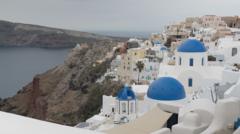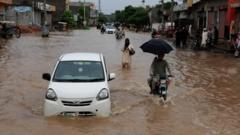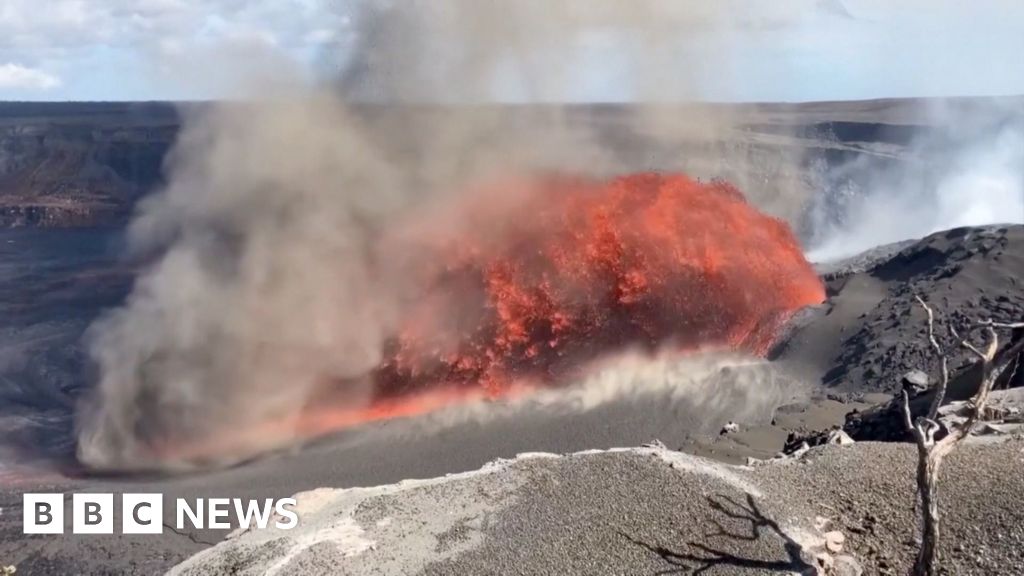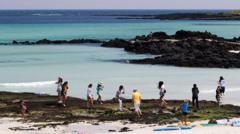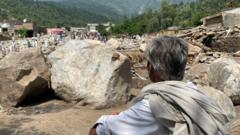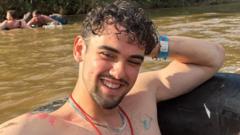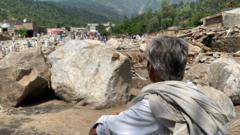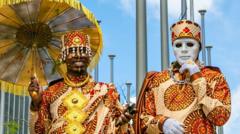Perched on picturesque cliffs, Santorini is famous for its breathtaking views and thriving tourism, but a lurking threat lies just beneath the surface—a potential volcanic eruption. Following a series of recent earthquakes that prompted the evacuation of nearly half of Santorini's 11,000 residents, scientists are embarking on an unprecedented mission to gauge the dangers posed by the island's underwater volcanoes.
Aboard the RRS Discovery, a renowned British research vessel, experts led by Prof. Isobel Yeo from the National Oceanography Centre are investigating the seismic activity that has left many peering apprehensively at the ground below. "Around two-thirds of the world's volcanoes are submerged and often overlooked," Isobel emphasizes, warning that their quietness can be misleading.
As the researchers work to understand volcanic behavior better, they aim to establish early warning systems for potential eruptions. With the last significant eruption occurring in 1950, vigilance is paramount, especially in light of the recent geological unrest observed in 2012, when magma movement distorted the island's surface.
Phil Wolff, a researcher from Canada's Memorial University, explains the mission's purpose: "We seek to create geohazard maps and datasets for Greece's Civil Protection Agency." As volcanic hazards can be grave, these insights will guide residents on safe zones during emergencies.
The ship's crew employs a state-of-the-art underwater robot to delve deep into the seabed, examining hydrothermal vents where heated water escapes and affects the surrounding geology. Discovering the relationship between sea water and volcanic activity remains a critical aspect of their research.
Despite the inherent risks, many remain drawn to Santorini's allure. Local wedding photographer Eva Rendl expressed concerns about her business, mentioning canceled bookings and slower client engagement. Echoing this sentiment, tourists share a desire for clearer information regarding the island's safety during seismic unrest.
However, for some visitors like newlyweds Tom and Kristina, the romance of Santorini persists, as they hoped to exchange vows near a volcano. This duality—the island's serene beauty alongside its geological peril—captures the essence of Santorini's enduring appeal amidst uncertainty.
As researchers continue their vital work, community efforts to foster public awareness remain essential in safeguarding both residents and tourists, ensuring that Santorini retains its charm without compromising safety.

